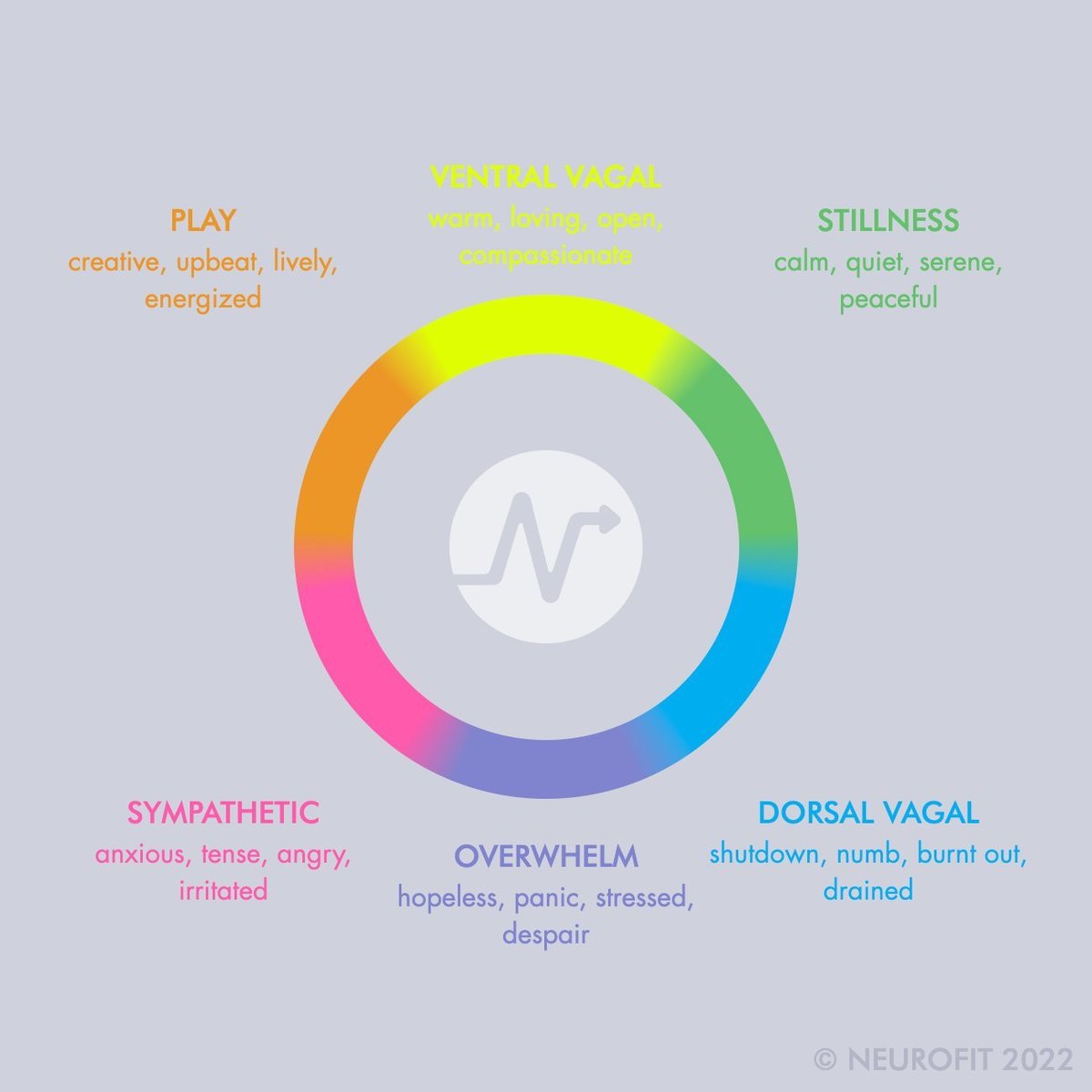
In August 2011 my dad passed away in a car accident. The week before, I had been offered a role as a graduate lawyer at a large law firm. Over the next 12 months I’d be processing the shock and trauma of my loss, working long hours as a junior lawyer and helping mum wind down what had just been a multi-million dollar family business.
I was trying desperately to hold my life together at the time and put on a brave face despite losing almost 10kg in weight, watching my hair fall out and experiencing severe anxiety, gut issues and sleeping problems. I was emotionally unavailable, exhausted, dissociated from my body, dealing with chronic pain and riding an emotional rollercoaster daily.
I was experiencing the classic signs of what I now know to be a severely dysregulated nervous system.
 Image: Supplied
Image: Supplied




Top Comments